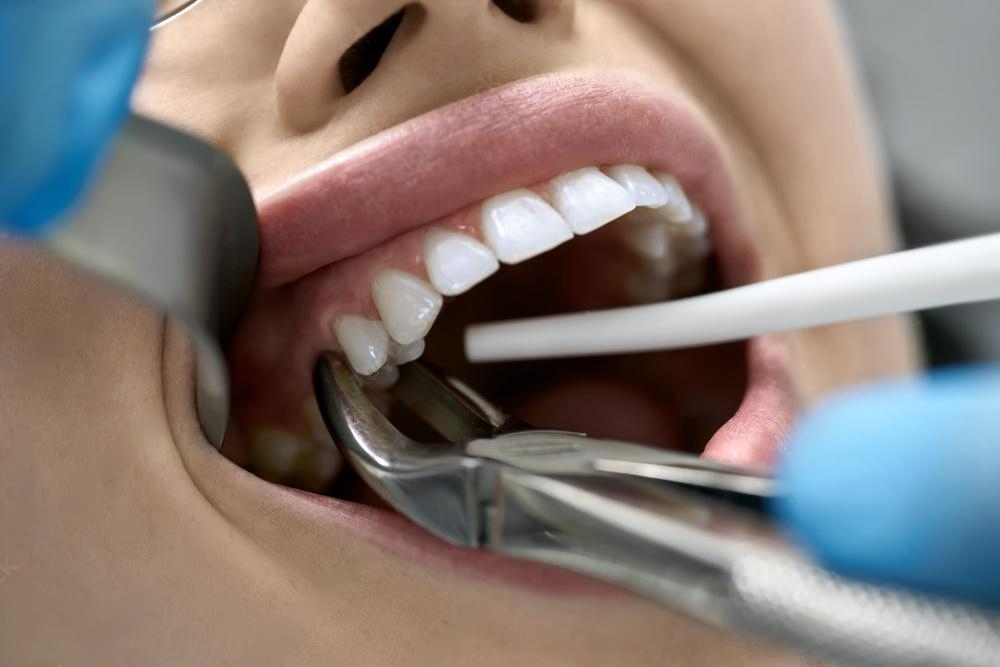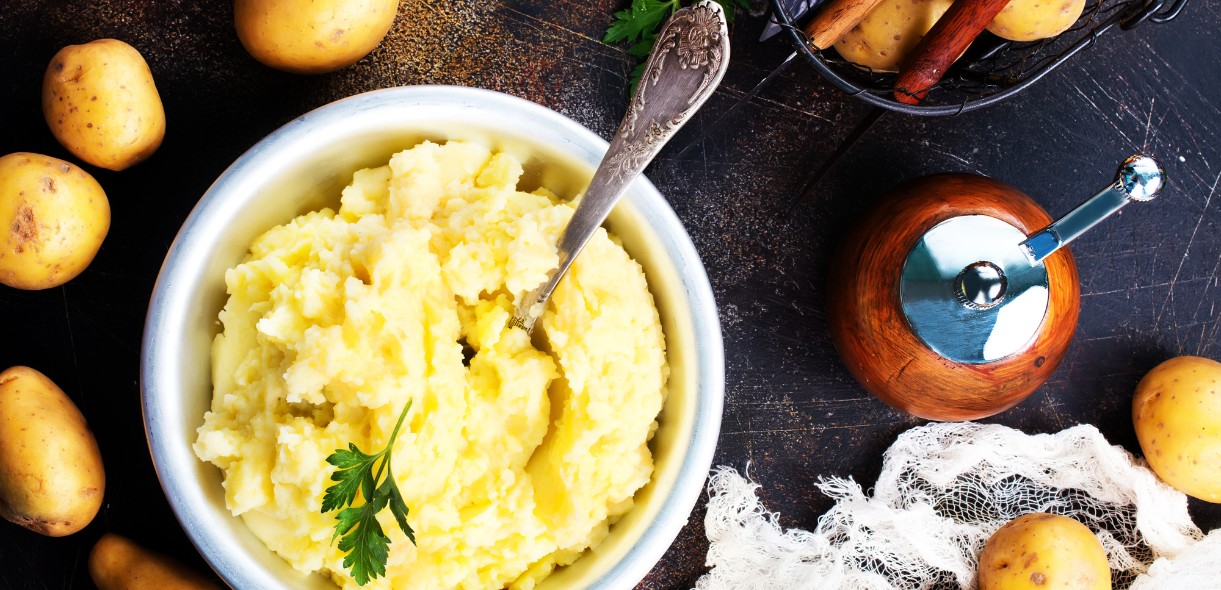How to Take Care of Your Oral Hygiene After Tooth Extraction?

Undergoing a tooth extraction is a significant event, but maintaining excellent oral hygiene afterwards is crucial for a smooth recovery. Knowing how to care for your mouth post-extraction can make all the difference in your healing process. It’s not just about avoiding pain; it’s about ensuring that your mouth heals properly and stays healthy.
Following proper aftercare helps prevent complications and promotes faster healing. From managing bleeding and pain to choosing the right foods and maintaining oral hygiene, each step plays a vital role in your recovery. Dive into this guide to discover practical tips and essential practices for taking care of your oral hygiene after a tooth extraction. With the right approach, you’ll be back to your usual self in no time!
Immediate Aftercare for a Tooth Extraction
Taking care of the extraction site right after your procedure is crucial. Here’s what you need to do:
Managing Bleeding
- Bite on Gauze: Gently bite on a piece of gauze placed over the extraction site. This helps form a blood clot, which is essential for healing.
- Avoid Spitting or Sucking: These actions can dislodge the clot and prolong bleeding.
Pain Management
- Over-the-Counter Pain Relievers: Use ibuprofen or acetaminophen as directed by your dentist. These can help control pain and reduce swelling.
- Cold Compress: Apply an ice pack to your face for 15 minutes on and 15 minutes off. This can help minimize swelling.
Rest and Recovery
- Rest: Avoid strenuous activities for the first 24-48 hours to help your body focus on healing.
- Keep Your Head Elevated: When lying down, use extra pillows to keep your head raised. This reduces blood flow to the area and helps control swelling.
Immediate aftercare is critical in the first hours following your tooth extraction to ensure proper healing and prevent complications.
Oral Hygiene Practices Post-Extraction
Maintaining proper oral hygiene is essential after a tooth extraction to prevent infection and promote healing. Here’s how:
Brushing
- Gentle Brushing: Brush your teeth carefully, avoiding the extraction site for the first few days. Use a soft-bristled toothbrush to avoid irritating the area.
- Avoid the Extraction Site: Wait until the area has started to heal before brushing near the site.
Flossing
- Be Gentle: Avoid flossing around the extraction site for the first few days. Resume gentle flossing as the site begins to heal.
Mouthwash
- Avoid Alcohol-Based Mouthwashes: These can irritate the extraction site. Use a saltwater rinse or a dentist-recommended mouthwash.
- Use Rinses Cautiously: Rinse gently to avoid disturbing the blood clot that’s forming.
Proper oral hygiene after tooth extraction is vital to prevent infection and ensure the healing process goes smoothly.
Dietary Guidelines After Tooth Extraction
What you eat after a tooth extraction plays a crucial role in your recovery process. Here’s what to keep in mind:
Soft Foods
- Choose Soft Options: Opt for mashed potatoes, yogurt, applesauce, and soups. These are gentle on the extraction site and easy to eat.
- Cool or Room Temperature Foods: Avoid hot foods and beverages that can increase swelling or cause discomfort.
Avoiding Certain Foods
- Hard or Crunchy Foods: Stay away from nuts, chips, and hard candies. These can irritate the extraction site or get lodged in the wound.
- Sticky Foods: Avoid sticky foods like caramel or gum, as they can pull at the extraction site and delay healing.
Hydration
- Drink Plenty of Water: Staying hydrated helps your body heal and reduces the risk of complications. Avoid using straws, as the suction can dislodge the blood clot.
Following these dietary guidelines will help you avoid irritation and promote faster recovery after your tooth extraction.
Preventing Complications
Avoiding complications is key to a smooth recovery after your tooth extraction. Here’s how to prevent common issues:
Avoiding Dry Socket
- Do Not Smoke: Smoking can interfere with healing and increase the risk of dry socket, a painful condition where the blood clot dislodges.
- Follow Care Instructions: Adhere to your dentist’s post-extraction care instructions carefully.
Managing Swelling
- Continue Using Ice Packs: Apply ice for the first 24 hours to manage swelling.
- Switch to Warm Compresses: After 24 hours, you can use a warm compress to help reduce any remaining swelling.
Signs of Infection
- Watch for Symptoms: Look out for increased pain, swelling, or pus. If you notice these signs, contact your dentist immediately.
- Regular Monitoring: Keep an eye on the extraction site for any changes or signs of infection.
Preventing complications helps ensure a quicker and more comfortable recovery after your tooth extraction.
Follow-Up Care and Appointments
Regular follow-ups are crucial to ensure proper healing and address any issues. Here’s what to expect:
Importance of Follow-Ups
- Monitor Healing: Your dentist will check the extraction site to ensure it’s healing properly and address any concerns you might have.
- Adjust Care Instructions: Your dentist may provide additional care instructions based on your progress.
What to Expect
- Routine Check: During your follow-up, expect a brief examination of the extraction site.
- Addressing Issues: Discuss any discomfort or complications you’re experiencing with your dentist.
Ongoing Care
- Continue Good Oral Hygiene: Maintain your oral hygiene routine, adjusting as needed based on your dentist’s advice.
- Be Proactive: Reach out to your dentist in Loomis if you have any questions or concerns between visits.
Following up with your dentist ensures that your recovery progresses smoothly and any issues are addressed promptly.
Enhancing the Healing Process
Supporting your body’s natural healing process can speed up recovery. Consider these tips:
Natural Remedies
- Saltwater Rinse: Rinse with warm saltwater to soothe the area and promote healing.
- Chamomile Tea: Applying cooled chamomile tea bags to the area can help reduce inflammation and promote comfort.
Avoiding Smoking and Alcohol
- Impact on Healing: Smoking and alcohol can delay healing and increase the risk of complications. Avoid these during recovery.
Maintaining Overall Oral Health
- Regular Care: Continue to brush and floss your teeth, avoiding the extraction site until it’s fully healed.
- Healthy Habits: Maintain a balanced diet and good hydration to support overall oral health.
Enhancing your healing process with these tips helps ensure a swift and smooth recovery after your tooth extraction.
When to Contact Your Dentist?
Knowing when to reach out to your dentist can prevent complications. Here’s what to look out for:
Recognizing Issues
- Persistent Pain: If pain continues to worsen or does not subside with pain relief, contact your dentist.
- Unusual Symptoms: Signs like severe swelling, fever, or pus should prompt a call to your dentist.
Emergency Situations
- Immediate Help Needed: Seek urgent care if you experience severe pain, heavy bleeding, or any signs of infection that need immediate attention.
Being aware of these signs ensures you get the help you need and prevent potential complications during your recovery.
Proper oral hygiene after a tooth extraction is crucial for a smooth recovery. By following these guidelines—managing immediate aftercare, maintaining oral hygiene, eating the right foods, and watching for complications—you can promote faster healing and avoid unnecessary issues. For any concerns or if complications arise, don’t hesitate to reach out to your dentist. With careful attention and good practices, you’ll be back to your usual self and enjoying your healthy smile soon.


